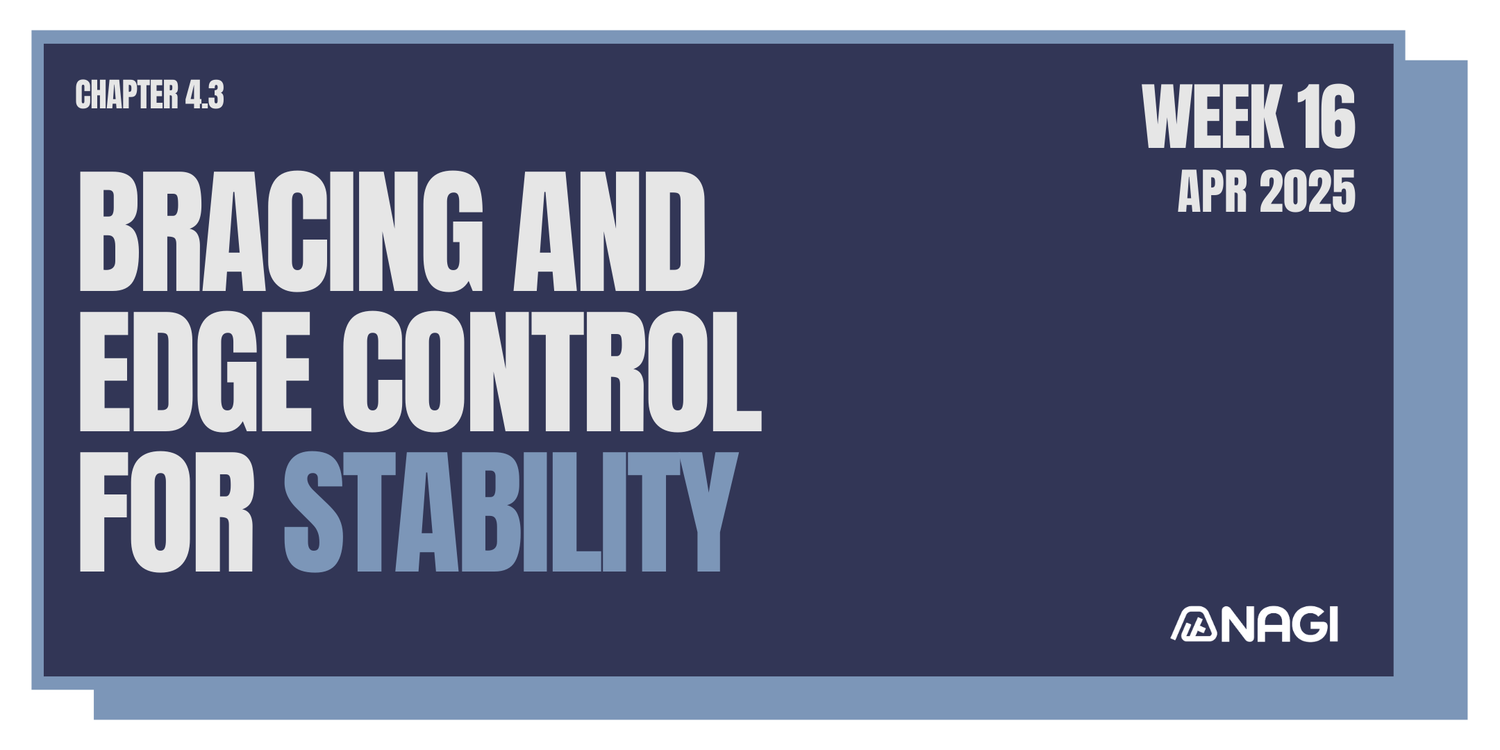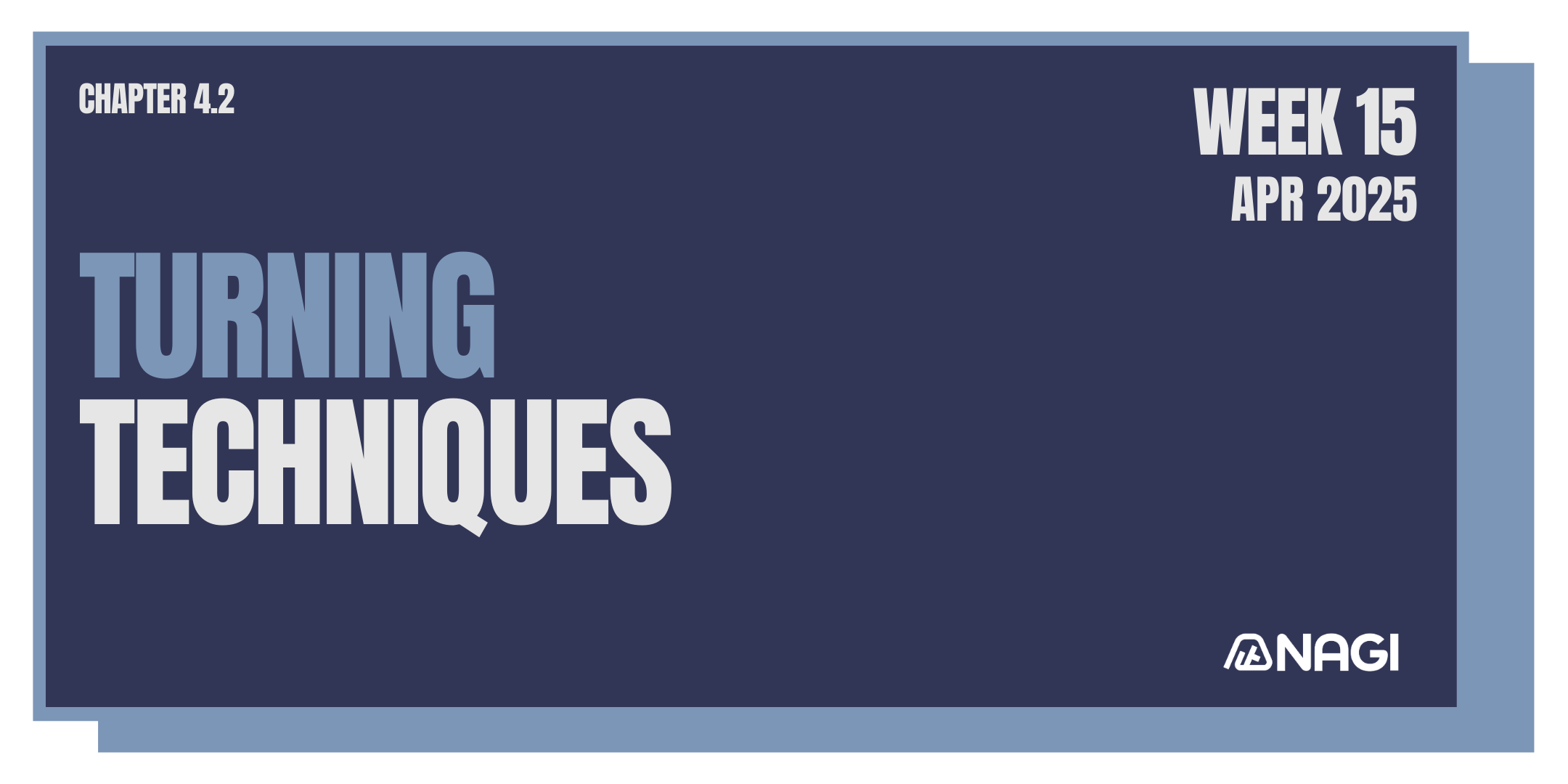Welcome to Week 16 of our paddle boarding series! This week, we're focusing on two crucial skills that will significantly enhance your stability on the water: bracing and edge control. These techniques are essential for maintaining balance in various conditions and will take your paddle boarding to the next level.
Understanding Bracing
Bracing is a fundamental technique that helps you recover your balance and prevent falls. It involves using your paddle as a temporary support when you feel unstable.
Low Brace Technique
- Keep your paddle shaft low and parallel to the water surface
- Use the back face of the paddle blade to slap the water
- Lean your body towards the paddle for support
High Brace Technique
- Hold the paddle shaft higher, above shoulder level
- Use the power face of the paddle blade
- Suitable for more significant balance loss situations
Mastering Edge Control
Edge control refers to your ability to tilt your board slightly on either side while maintaining stability. This skill is crucial for turning, dealing with waves, and general maneuverability.
Key Points for Edge Control
- Practice shifting your weight subtly from heel to toe
- Keep your knees slightly bent for better balance
- Use your core muscles to maintain stability
- Combine edge control with paddle strokes for efficient turning
Practice Exercises
To improve your bracing and edge control, try these exercises:
1. Stationary Bracing
In calm water, intentionally lean to one side and practice your brace technique to recover.
2. Edge Control Drill
Paddle in a straight line while alternating between left and right edge control every few strokes.
3. Figure-8 Course
Set up buoys in a figure-8 pattern and navigate through them, focusing on using edge control for turns.
Safety Reminders
- Always wear a personal flotation device (PFD)
- Practice these techniques in calm, shallow water first
- Be aware of your surroundings and other water users
Conclusion
Mastering bracing and edge control will significantly improve your stability and confidence on your paddle board. Remember, practice makes perfect, so don't get discouraged if you don't get it right away. Keep at it, and you'll soon see a noticeable improvement in your paddle boarding skills.
Next week, we'll shift our focus to Paddling in Different Water Conditions. We'll explore techniques for navigating various aquatic environments, from calm lakes to choppy seas. Get ready to expand your paddling horizons and adapt your skills to diverse water conditions!



